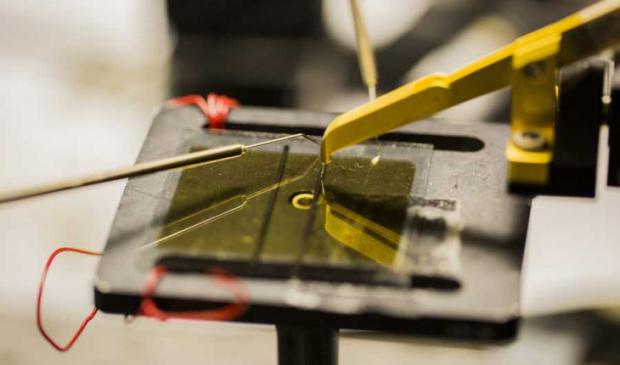
Breaking News
 In my new documentary, Never in America, we pull back the curtain on one of the darkest corners...
In my new documentary, Never in America, we pull back the curtain on one of the darkest corners...
 I just watched what they did to the King family in Washington, and I couldn't stop thinking:
I just watched what they did to the King family in Washington, and I couldn't stop thinking:
 The Superfood They Turned Into a Weed: Why Is It Illegal to Grow This?
The Superfood They Turned Into a Weed: Why Is It Illegal to Grow This?
 Rep. Marjorie Taylor Greene details ''death threats directly fueled by President Trump'
Rep. Marjorie Taylor Greene details ''death threats directly fueled by President Trump'
Top Tech News
 Build a Greenhouse HEATER that Lasts 10-15 DAYS!
Build a Greenhouse HEATER that Lasts 10-15 DAYS!
 Look at the genius idea he came up with using this tank that nobody wanted
Look at the genius idea he came up with using this tank that nobody wanted
 Latest Comet 3I Atlas Anomolies Like the Impossible 600,000 Mile Long Sunward Tail
Latest Comet 3I Atlas Anomolies Like the Impossible 600,000 Mile Long Sunward Tail
 Tesla Just Opened Its Biggest Supercharger Station Ever--And It's Powered By Solar And Batteries
Tesla Just Opened Its Biggest Supercharger Station Ever--And It's Powered By Solar And Batteries
 Your body already knows how to regrow limbs. We just haven't figured out how to turn it on yet.
Your body already knows how to regrow limbs. We just haven't figured out how to turn it on yet.
 We've wiretapped the gut-brain hotline to decode signals driving disease
We've wiretapped the gut-brain hotline to decode signals driving disease
 3D-printable concrete alternative hardens in three days, not four weeks
3D-printable concrete alternative hardens in three days, not four weeks
 Could satellite-beaming planes and airships make SpaceX's Starlink obsolete?
Could satellite-beaming planes and airships make SpaceX's Starlink obsolete?
Key hurdle overcome towards organic solar cells up to 1000 times cheaper...

An organic solar cell testing inside the Randall Lab. University of Michigan researchers have found a way to coax electrons to travel much further than was previously thought possible in the materials often used for organic solar cells and other organic semiconductors. Image credit: Robert Coelius, Michigan Engineering
Unlike the inorganic solar cells widely used today, organics can be made of inexpensive, flexible carbon-based materials like plastic. Manufacturers could churn out rolls of them in a variety of colors and configurations, to be laminated unobtrusively into almost any surface.

 First totally synthetic human brain model has been realized
First totally synthetic human brain model has been realized Mach-23 potato gun to shoot satellites into space
Mach-23 potato gun to shoot satellites into space

